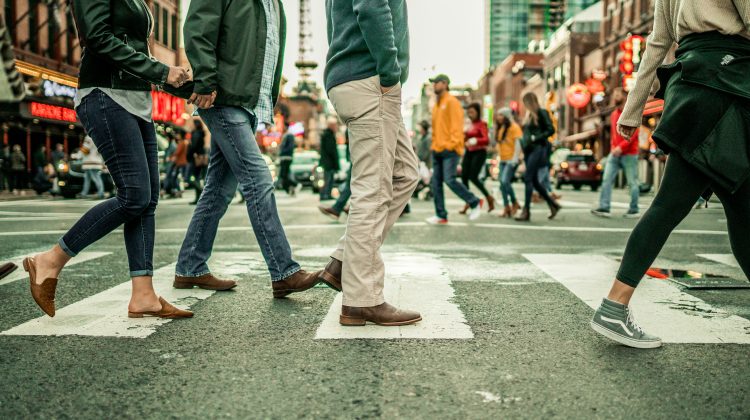Cycling is a popular pastime in the United States. Not only is it an excellent workout, but it can also be an enjoyable social activity that allows bikers to get out of the house for a fun ride around the community. Although modern bicycles have become increasingly user-friendly and safe for their riders, defects may still occur that can put the biker, pedestrians, or even motorists at risk of injury. Defective parts and improper assembly can make a bicycle more difficult to ride, cause a rider to fall, or even result in a car crash. In this article, we discuss some of the potential ways in which a bicycle may be defective, as well as what you should do if you suspect you are dealing with an unsafe bike.
What Does it Mean When a Product is Defective?
The term “product defect” covers a range of items that cause harm due to design, marketing, or manufacturing flaws. In order for a product’s creator to be found liable for harm caused, it must be demonstrated that the product was defective when it was made, it was intended for consumer use in its original state, and the plaintiff suffered harm as a result. Most product defects fall into one of the following categories:
- Design defects: A design defect is present before the item in question is ever even created. If a company creates a product despite knowing of a potential flaw during the manufacturing process, they may be liable for harm caused by the finished item. Design defects result in an inherently dangerous product that can only be corrected by altering the initial plan.
- Marketing defects: When a product does not have sufficient consumer safety warnings or instructions, it may be due to a marketing defect. Companies have a duty to explain how a product should be used or if there are any known dangers that could put consumers at risk.
- Manufacturing defects: An error that occurs during the assembly or manufacturing process results in what is known as a manufacturing defect. This type of error may be unintentional, whereas most design defects are known of and improperly discounted by the responsible company.
Common Bicycle Defects
Manufacturing defects account for most of the unsafe bicycles in the country. Apart from bikes that have flawed designs or misleading safety instructions, most problems can be traced back to improper assembly or dangerous parts. Some of the ways in which a bicycle may be dangerously assembled include:
- Bike stem or handlebar error: If either of these components is assembled too loosely or too tightly, they may break while the bicycle is in use.
- Seat post problems: If the seat post is installed too high, it may not be fully secured into the frame of the bicycle. The seat may be wobbly or fall off the frame entirely, which can cause the rider to be forcibly dismounted.
- Stem raised too high: If the handlebar stem is not inserted into the frontal frame deeply enough, the handlebars may wobble or detach from the bicycle.
- Incorrectly secured pedals: When the pedals of a bicycle are installed incorrectly or are threaded improperly, they may detach unexpectedly while the bike is in use.
- Loose wheel skewers: A bike’s quick release skewers keep the wheels mounted correctly. If the skewers are not tightened correctly, one of the wheels may fall off suddenly. The rider is at risk of being thrown, which can substantially increase the chances of a serious head injury.
What Problems Can a Bicycle Defect Cause?
In the most serious of cases, a bicycle defect can cause a rider to become forcibly dismounted or result in a collision with a motor vehicle or stationary object. The Doan Law Firm notes that, even when a biker is wearing a helmet and appropriate riding attire, they could suffer life-changing wounds in a bicycle crash. Some of the injuries that a bicycle crash can cause include:
- Fractured or broken bones
- Head, neck, or spinal injuries
- Brain injuries
- Soft-tissue wounds
- Facial injuries
- Scarring, road rash, or disfiguring injuries
- Permanent disability
In some cases, a bicycle accident may even result in fatal injuries. When a biker is struck by a car, the chances of them suffering a serious or life-threatening wound increases significantly.
Steps to Follow After Falling Off a Bicycle
A bicycle accident can be a stressful experience, even if you just take a minor tumble and don’t suffer any serious injuries. If you do fall off your bike or get into a traffic collision, the following steps may be of use to you.
- Get to safety: If you are in the path of traffic or an environmental hazard, move to a safe location if you can.
- Call the police: If you are hit by a car, you should call the authorities so that an incident report is created for the crash.
- Seek medical attention: Even if you do not believe that you have suffered significant injuries, it’s always a good idea to get checked out by a medical professional. In the heat of the moment, even serious wounds may be masked by adrenaline.
- Take down contact information: Take down the phone numbers or other contact details of anyone involved in the accident, along with any witnesses that may be able to testify as to what happened.
- Take photos: Document the scene of the incident, including any damage to your bicycle or wounds that you suffered.
- Seek legal assistance: Speak to a local bike accident lawyer to assess your legal options for compensation if your accident was caused by a defect or negligent driver.





No Comment